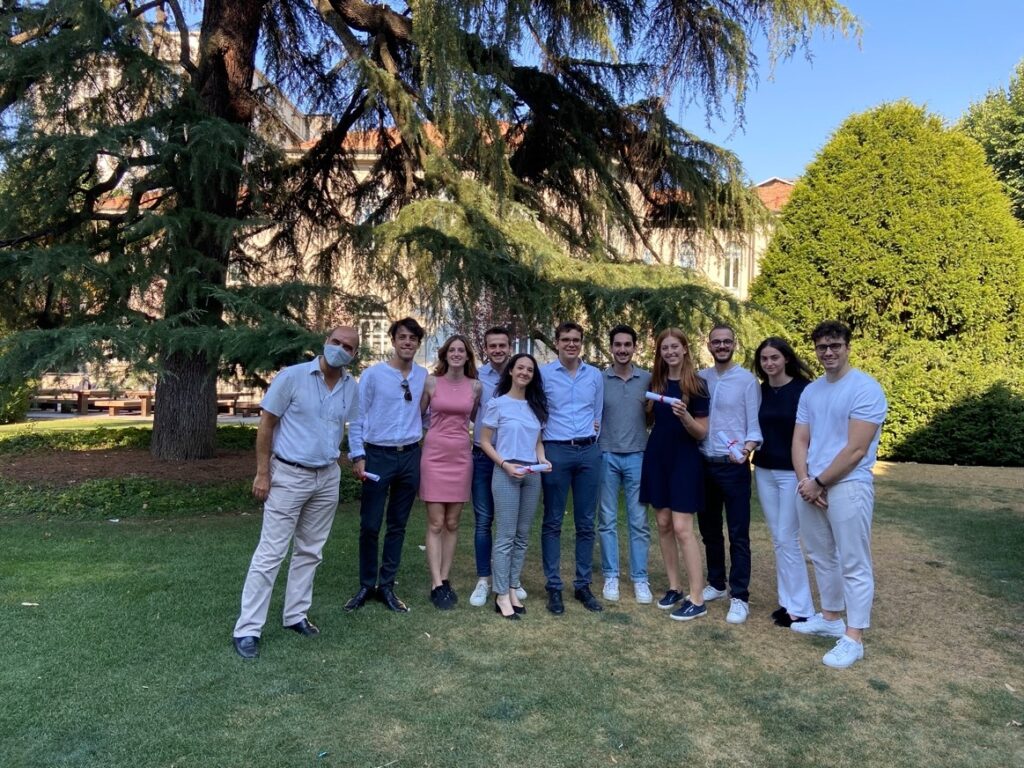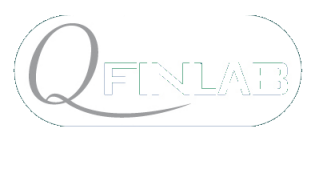
During the Financial Engineering Course A.Y. 2021/2022 held by Roberto Baviera, the third edition of the contest ‘Best Pitch’ took place. The students had the opportunity to present their Final Projects using a technique that is becoming ever more popular in the financial industry: “the Pitch”. This edition follows the first and the second edition of the Award which took place during the Covid period. It has been followed by the 4th and 5th editions of the prize for the AYs 2022/2023 and 2023/2024.
It is also common to refer to the Pitch using the expression “Elevator Pitch”: indeed, it is meant to be a brief presentation (3 minutes) that an entrepreneur may use to persuade an investor during the short time of an elevator ride. It is also becoming a common tool within the financial industry: being time the rarest asset for both managers and clients, one can imagine that a well-designed Pitch may be crucial in sparking clients’ attention and encouraging further questions. The main parts constituting a Pitch include the presentation of the problem to solve, an overview of the proposed solution(s) and a conclusion highlighting innovative aspects and key points.
26 groups took part in the competition: each team recorded its own pitch introducing the topic they had to deal with, then methods and results of their analysis. A full day has been dedicated for allowing each group to present the Final Project to a jury comprised of peers (the other students of the course), professionals working in the financial industry and distinguished academics who were required to rate the pitches on a scale from 1 to 10. Among all these pitches, 4 of them were selected as the most creative, detailed and persuasive; we present them in the following descriptions (sparse order).
The winning projects of the ‘Best Pitch Award A.Y. 2021/2022’ are:
Squared CMS
The aim of the project is to price a CMS (Constant-Maturity-Swap) certificate, a structured product whose coupon payoff is represented by a nonlinear function of the CMS rate. To deal with the pricing task, we approximate payoff’s functional form with the payoff of CMS caplets and control for the quality of the approssimation. This approach requires to properly model the volatility in a range of relevant strikes: additive models such as the additive model à la Bachelier and SABR allow to calibrate the volatility surface consistently with the observed negative rates in nowadays market behavior.
by Sofia Cristini, Fabio Nocchi and Andrea Recalcati
Ref. Papers: Managing smile risk. Hagan, Kumar, Lesniewski & Woodward, 2005. The Best of Wilmott 1, 249-296. Convexity conundrums: Pricing CMS swaps, caps, and floors. Hagan, 2005. The Best of Wilmott 1, 305-318.
Prepayment Risk Analysis
In this project, we create an Artificial Neural Network model that could assess the annual mortgages prepayment rate, which represents a relevant risk for a bank, since it could involve changes in the future cash flows. Moreover, comparing this new non-linear approach with a traditional Logistic model, the first one clearly outperforms the second one, especially due to the fact that we are dealing with a highly non-linear phenomenon.
by Riccardo Ferri, Giacomo Lorenzon, Sofia Raschi
Ref. Paper: A Neural Network Approach for the Estimation of Mortgage Prepayment Rates. Baccaglini & Cozzi & Malacchia & Sitzia, 2021. White paper Unicredit.
Portfolio Model Risk
The aim of the project was to find the appropriate capital allocation for a portfolio given a set of stocks inthe EURO STOCK 50 index. The baseline model considered was the Markovitz one. What happens is both parameters and even the model for returns are uncertain? We consider the worst-case model risk approach to select the optimal portfolio. Portfolio selection with model risk can be a challenging financial problem: in particular, it presents an additional optimisation compared to the classical Markovitz one.
by Gregorio Gelloni, Bianca Misino
Ref. Papers: Model risk in mean-variance portfolio selection: an analytic solution to the worst-case approach. Baviera & Bianchi, 2021. Journal of Global Optimization, 81(2), 469-491 (open access article). Robust risk measurements and model risk. Glasserman & Xu, 2014. Quantitative Finance, 14(1), 29-58.
FFT and Fractional-FFT Monte Carlo for Additive Processes
Additive processes are becoming the new frontier in equity derivatives as they are able to accurately replicate market-implied volatility term structures. This project led to the implementation of a Monte Carlo numerical scheme leveraging on the fast Fourier transform algorithm which allows to deal with the above mentioned processes. This simulation technique is a fast and accurate solution for the path-dependent option valuation problem.
by Chiara Agostini, Davide Cestaro, Daniel Sima
Ref. Papers: A fast Monte Carlo scheme for additive processes and option pricing. Azzone & Baviera, 2023. Computational Management Science, 20(1), 31 (open access article). Option Pricing Using the Fractional FFT. Chourdaskis, 2005. Journal of computational finance, 8(2), 1-18.

